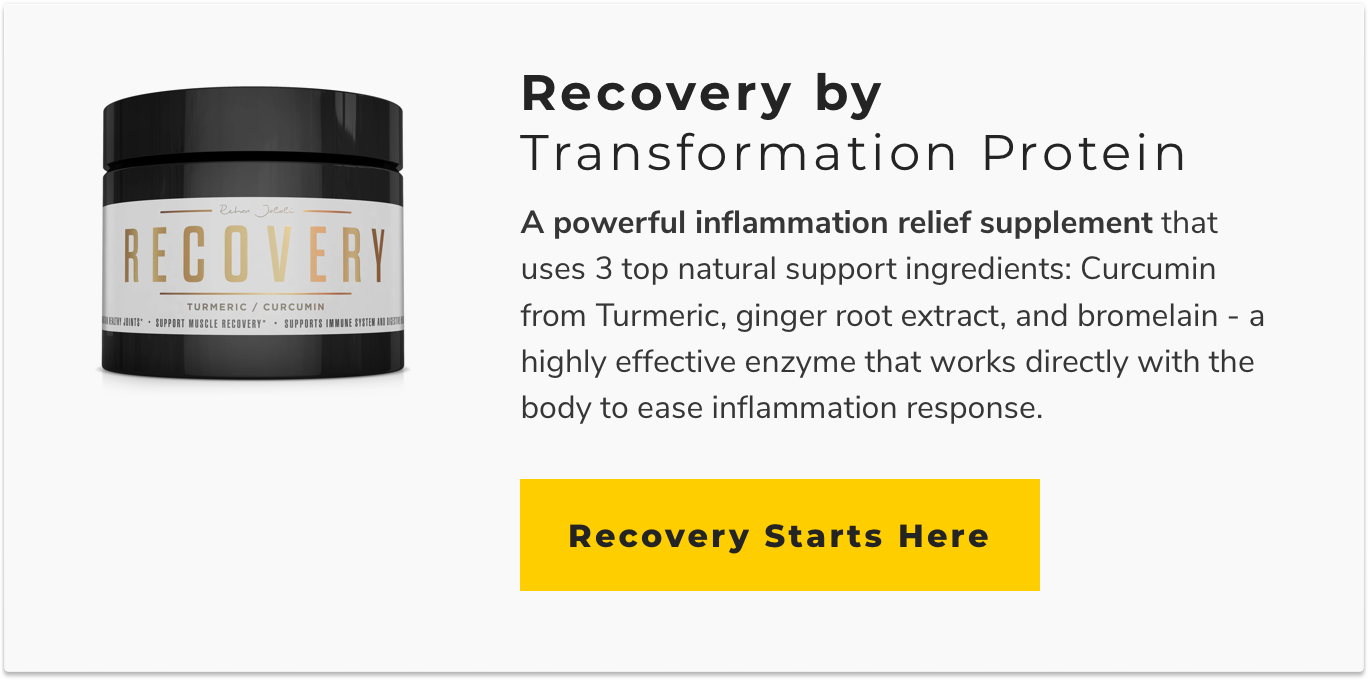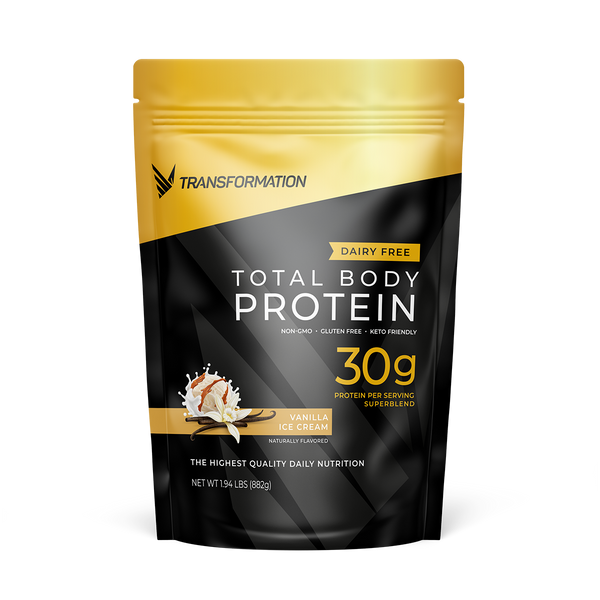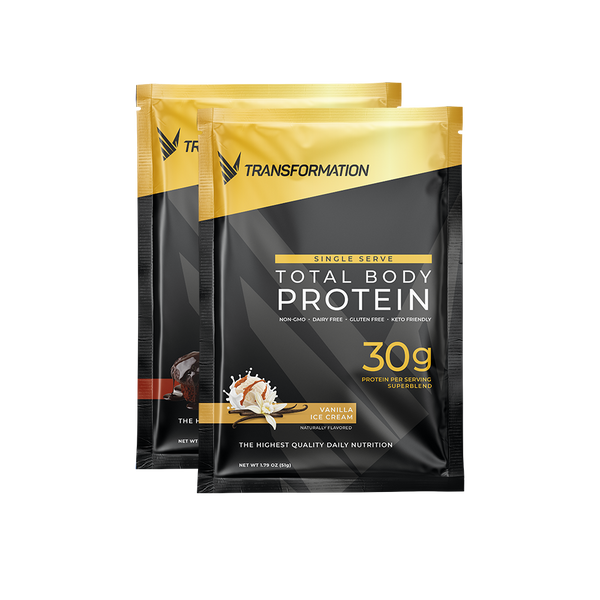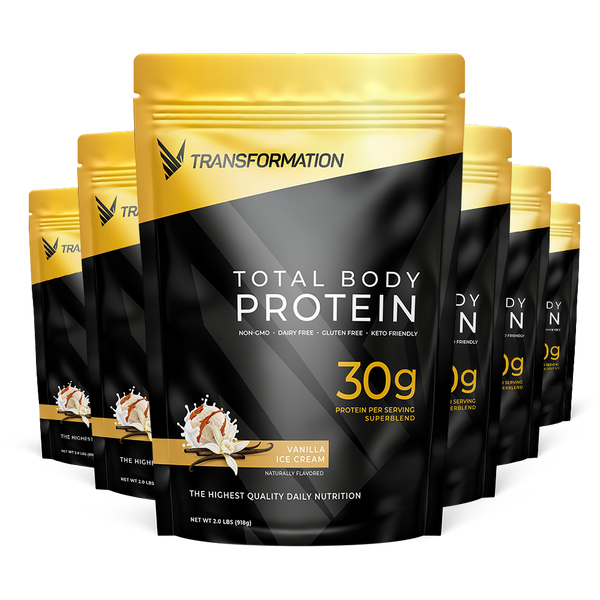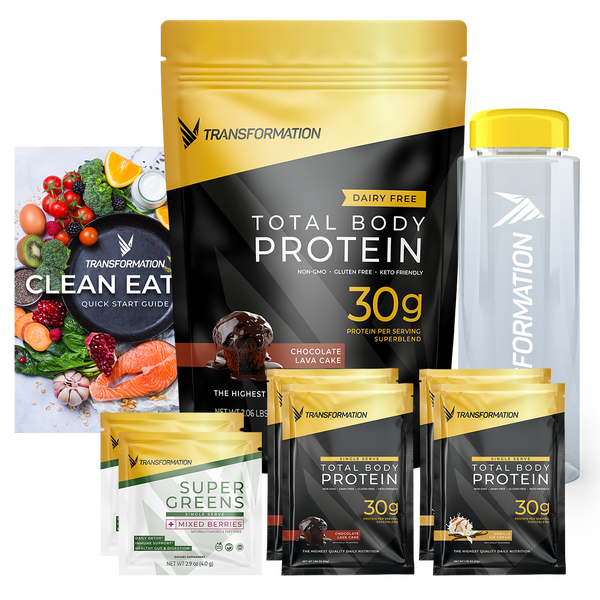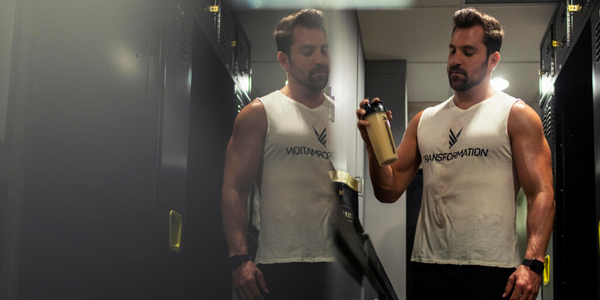
How to Get a Lean Body Without Weights
While many people think they need to hit the big weights or spend hours on cardio machines to get lean, you can get a great workout and the results you’re after with just your body weight, minimal cardio and proper nutrition at home.
If you are without access to or without time to be at a gym, you’re in luck. First of all, you can save your money on the gym membership or personal trainer and get a great workout at home. During times when at-home workouts are our only option, there are plenty of ways to create or maintain lean muscle.
You can easily rev up your metabolism with body-weight exercises, such as burpees, crunches, squats, planks and lunges. As you gain muscle, you can perform advanced variations of these, including shoulder tap planks or clap pushups. Do these exercises and work a variety of muscle groups using your body as resistance two or three times per week.
Combining resistance training with cardio helps burn calories rapidly -- up to several hundred calories in a single workout. Activities such as dancing, jumping jacks, running in place or up stairs, step aerobics, stationary biking and jumping rope are suitable to perform at home. If you wish to get outside, walking, jogging, inline skating and cycling contribute positively to your calorie burn. For low-intensity activities such as walking, aim for 300 minutes per week. In the case of high-intensity activities such as jumping rope or running, aim for 150 minutes per week to get lean.
THE PROS AND CONS OF BODYWEIGHT EXERCISES
Besides saving money on gym memberships and expensive equipment, working out at home offers you the convenience of no commute and choosing your own workout schedule. You can do your workout anytime convenient for you. Also, most body-weight exercises involve many muscles working in coordination, resulting in great overall fitness and strength. If you are new to fitness, it is actually advisable to begin with body-weight training to create a solid foundation of strength before moving onto weight training.
Once you are ready to move to the next fitness level, you can build your strength by adding weights. Depending on your abilities, generally you can start with 5, 8 or 10-pound weights for females, and 12, 15, and 20-pound weights for males. Your local sporting goods store or big box store can help you start your at-home weight collection.
As for cardio, if you start with low-impact exercises and feel ready to add some high-impact or high-intensity ones, you can start with interval training. For example, after warming up for 10 minutes, you can walk for 5 minutes then run or jog for 2 and repeat. As you feel your stamina improving, you can add minutes to the high-intensity intervals to increase performance and calorie burn as you build lean muscle.
With at-home resistance and cardio workouts, you ultimately determine your workout and your results to obtain your fitness goals on your own schedule.
THE BEST BODYWEIGHT EXERCISES FOR BUILDING LEAN MUSCLE
The key to building lean muscle in a home workout is to keep moving the entire time. The beauty of the routine outlined below is that each exercise targets a different muscle group, and you mix it up with needing weights vs. relying only on body weight.
If you stay true to the routine as written, your chest and bicep muscles will speak for themselves.
So, grab those dumbbells and get ready! Start with a comfortable weight, then perhaps a heavier set that you can work towards as you build muscle.
Equipment needed: 1 set up dumbbells of any chosen weight
Instructions: Complete in a circuit, moving from each exercise to the next without rest. Repeat three times.
Exercise 1: Dumbbell “Bench” Press: Keeping one arm straight, lower the other dumbbell, touch the outside of your shoulder, and push it back up. At the top of the movement, push farther with both hands, as if trying to punch the ceiling. Don’t have a bench? Don’t worry—just lay on the floor. Do 10 reps.
Exercise 2: Diamond Push Up. Get into a pushup position, but make a diamond with your hands on the ground. Then go for it. Do 10 reps.
Exercise 3: Dumbbell Curl: Curl halfway, then pause just above the belly button. Try another set where you lift the dumbbells and pause just below your pecs. Repeat these for 8 reps of each (32 reps total).
Exercise 4: One Arm Push Up. Get into a push-up position, put one arm behind your back and press down and up. Do 10 reps each side.
Exercise 5: Dumbbell Squat: Squat down holding the dumbbells under your chest for 10 reps.
A good workout should be followed up with recovery stretches. Below are some options.
Upper Body Stretches: To stretch out your chest, you can stand with your back to a wall and reach one arm behind you to touch the wall. Repeat for the other side. You can also clasp both hands behind your back to open up your chest muscles. To stretch your biceps, you can press both hands down onto a chair seat, fingertips pointing toward your body or extend one arm in front of you and use the other hand to bend your fingertips downward.
Lower back stretches: If you workout often, lower back pain can be common, so stretching can help relieve sore muscles fast. A common lower back stretch is to lie on your back and pull and then hold one or both knees to your chest. If your lower back often gives you problems, look into additional lower back stretches.
Abdominal stretches: Extending your arms above your head while standing or lying down can help elongate your abdominal muscles. Arching and lowering your back muscles while on all fours (commonly referred to as CAT and COW stretches) are other simple exercises to stretch your abs.
Foam Rolling: Roller exercises can be done every day to help loosen tight tissues, reduce physical imbalances, and increase mobility. Just like stretching, foam rolling can help prevent injury, increase blood flow, decrease soft-tissue density and relax tight muscles.
Don’t ruin all your hard work with a bad diet, though. An easy rule of thumb is to reduce your daily calorie intake by making a few healthy changes to your diet. The Ketogenic diet is all the rage right now because of the results many people are seeing (check out our Keto protein shake recipe here).
If you’re not following a specific diet, you can still make small adjustments to see results. At breakfast, for example, skip the milk in your coffee and add protein to your breakfast to help balance your appetite and cravings throughout the afternoon. At lunch, increase your intake of vegetables and fill up on them first, rather than high-calorie items such as cheese and potato chips. At dinner, eat a smaller portion size and select high-quality sources of protein. The exact number of calories on which to cut back depends on the recommended daily calorie intake for your demographic and your customary diet, but reducing the calories you consume makes it easier to attain the calorie deficit needed for weight loss.
YOUR RECOVERY WITHOUT WEIGHTS
Refueling your body after your workout is just as important as the workout itself. Because protein is the most thermogenic source of food, consuming protein within 30 minutes of your workout helps repair and build muscles while aiding your fat burning throughout the day. Adding protein powder to your daily routine will initiate protein synthesis, helping to turn fat into lean muscle. The more muscle vs. fat you have, the more calories you will burn on average; therefore, the higher your metabolism and your ability to stay lean.
Protein powder can be used to create great tasting snacks. From protein smoothie bowls to blended protein shakes, protein powders provide an easy way to get nutrients and maintain lean body mass.
Reading labels is also crucial to choosing the best protein powder. Look for BCAAs, short for “branched-chain amino acids,” three protein building blocks, including leucine, isoleucine, and valine. Look for two parts leucine to one part isoleucine to one part valine. These ingredients are ideal for muscle building, fat loss, and recovery.
As with any packaged food or supplement, some protein powders can be loaded with additives for cost, flavor, or shelf life. Aim for a protein powder high in protein with ingredients you can pronounce, and be aware of what you mix with your protein powder when trying to stay lean. Opt for water or alternative milk for post-workout carbs and avoid mixing with too many sugary fruits.
Transformation Protein contains 30 grams of protein and a synergistic blend of top plant, egg white, and collagen proteins. It is a pure and clean protein powder, free of sugar and artificial sweeteners.
Transformation Protein’s formula contains 60% protein, 32% carbohydrates, and 8% fats with 3 grams of leucine per serving to trigger optimal body composition change, MCT coconut oil for faster fat burning and increased energy along with magnesium, vitamin D3, and chromium picolinate to manage blood sugar and inflammation. It also contains prebiotics, probiotics and key digestive enzymes for maximum protein absorption and improved digestion.
Transformation Protein powder can be combined with the RECOVERY supplement as the perfect solution for anyone looking to recover efficiently after workouts. RECOVERY uses the latest research with three top natural inflammation support ingredients, Curcumin from the wonder spice Turmeric, a potent extract from the ginger root, and bromelain - a top enzyme that supports an improved inflammation response in the body. Along with aiding digestion and offering GI support, these ingredients combine to help ease the stress of your daily activity on your muscles and joints, getting you in top form for your next workout.